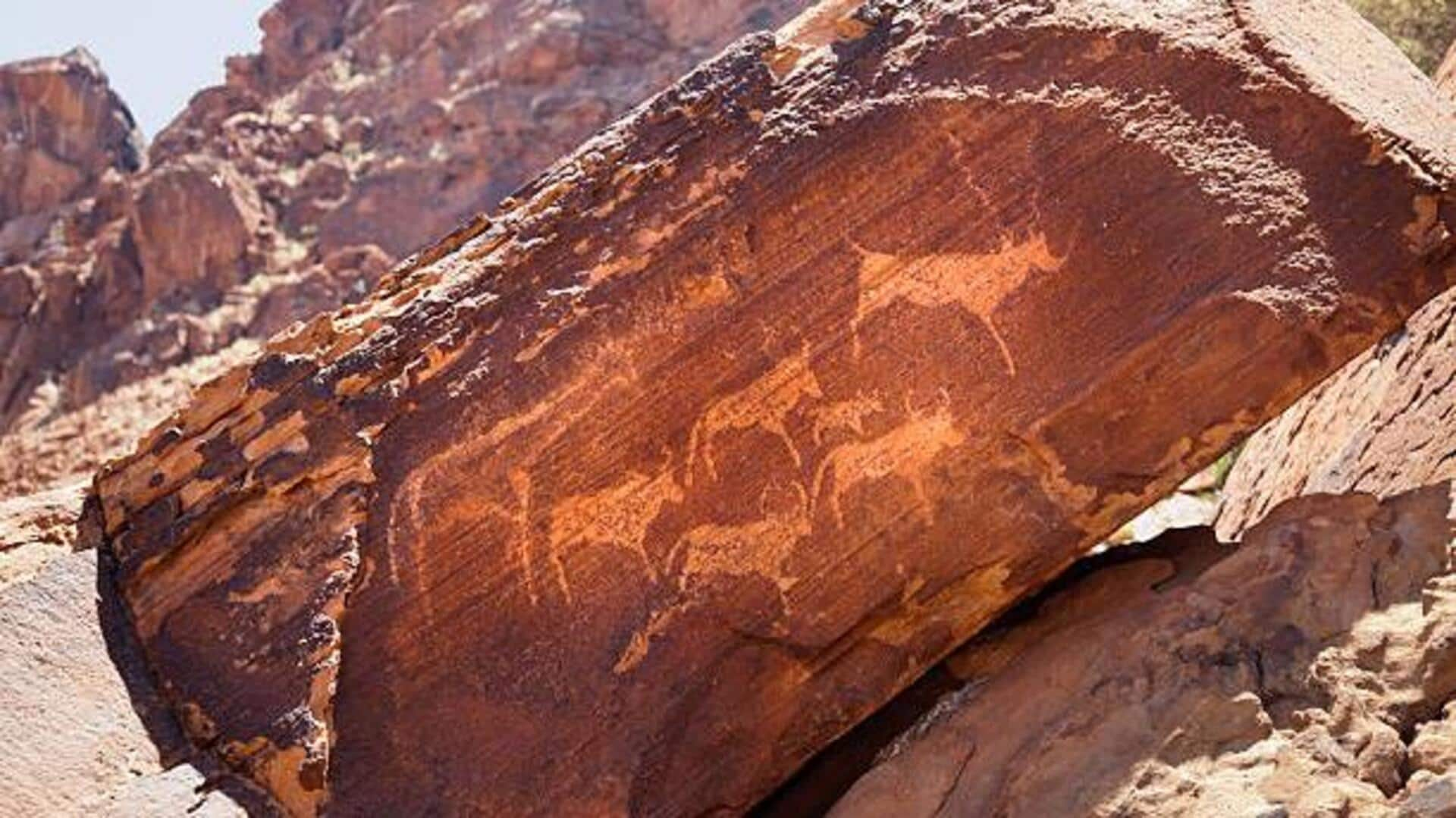
Exploring Namibia's rock art
What's the story
Namibia's rock art painting traditions are a testament to the country's rich cultural heritage. These ancient artworks, created by indigenous communities, provide a glimpse into the lives and beliefs of our ancestors. The paintings, found on various rock faces across Namibia, depict scenes of daily life, spiritual rituals, and interactions with nature. They are not just artistic expressions but also historical records that have been preserved over centuries.
Cultural heritage
The significance of rock art
Rock art holds immense cultural significance for Namibian communities. It serves as a link between the past and present, preserving the stories and traditions of generations. The paintings often depict animals, human figures, and abstract patterns that reflect the worldview of these communities. They are used as teaching tools to pass on knowledge about hunting practices, social structures, and spiritual beliefs.
Artistic methods
Techniques used in rock painting
The techniques used in Namibian rock painting vary from region to region but generally include natural pigments made from minerals like ochre mixed with binders like plant sap. Artists would use their fingers or simple tools to apply these pigments onto rock surfaces. The process required skill and knowledge passed down through generations.
Key sites
Locations of rock art in Namibia
Namibia is home to several key sites famous for their rock art paintings. Twyfelfontein is one of the most famous ones with over 2,000 engravings on its sandstone slabs. Other important sites include Brandberg Mountain and Waterberg Plateau Park. These locations give visitors a chance to see these ancient artworks up close while appreciating their historical importance.
Conservation initiatives
Preservation efforts for rock art
Preserving Namibian rock art is important for cultural heritage and tourism. Conservation efforts include controlled access to sites, protective measures against weathering, and public awareness campaigns. These initiatives aim to protect these invaluable artworks for future generations while promoting responsible tourism practices that respect local customs and traditions.